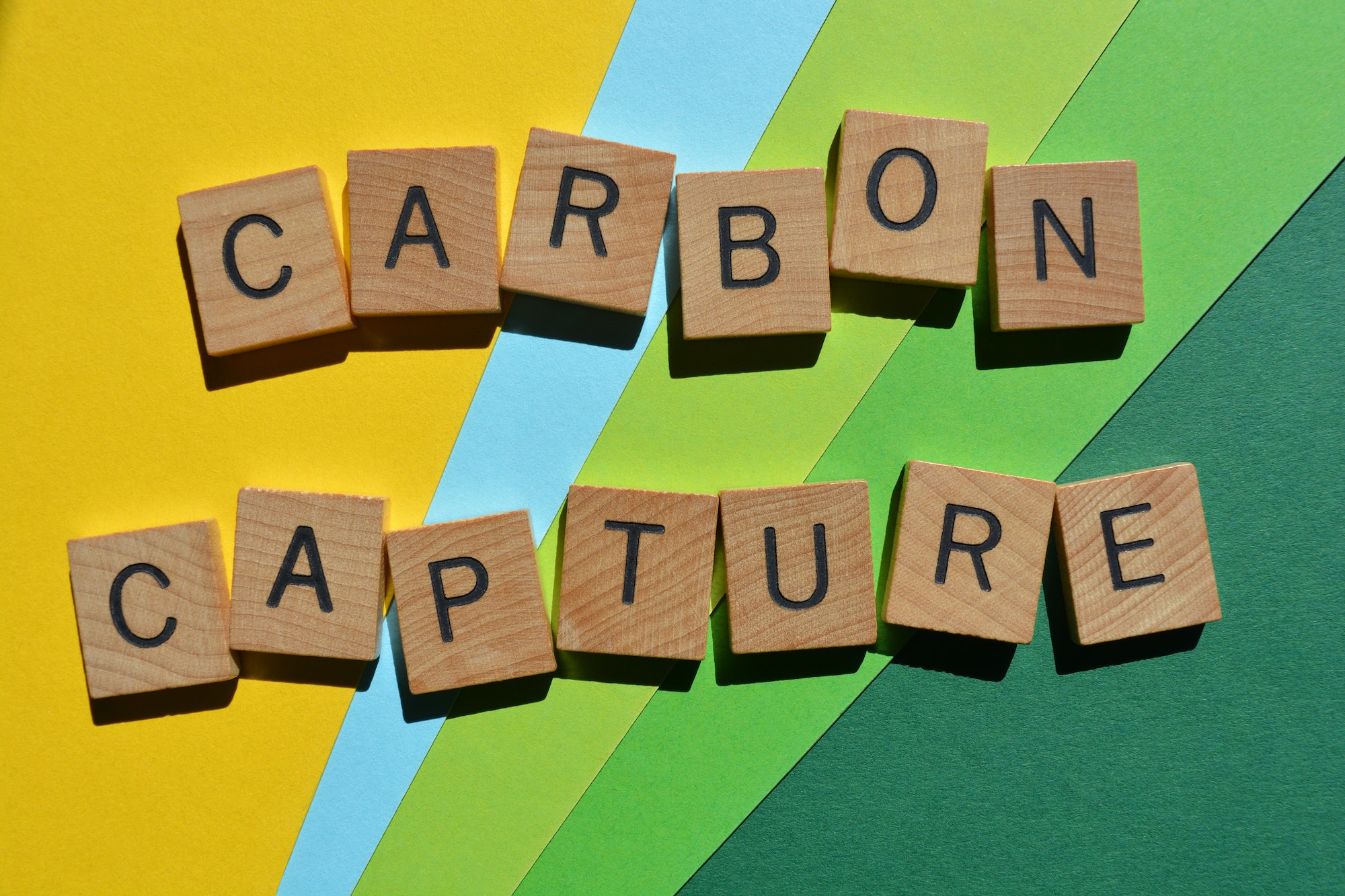Algae, a diverse group of aquatic organisms, have gained significant attention in recent years due to their potential applications in carbon capture and waste treatment. These photosynthetic organisms have the ability to absorb carbon dioxide (CO2) and other greenhouse gases, thereby reducing their impact on the environment. Additionally, algae can be used to purify wastewater by removing harmful contaminants such as heavy metals and organic pollutants. As a result, integrating algae-based technologies into existing industrial processes can lead to enhanced sustainability and environmental benefits.
One of the primary advantages of using algae for carbon capture is their fast growth rate. Algae can grow up to 10 times faster than terrestrial plants, enabling them to absorb more CO2 from the atmosphere. This rapid growth also means that algae can be harvested more frequently, providing a constant source of biomass for various applications. Furthermore, algae can thrive in non-arable land and saline water, minimizing competition with agricultural resources.
The process of cultivating algae for carbon capture typically involves the use of photobioreactors or open pond systems. Photobioreactors are closed systems that provide controlled conditions for optimal algal growth, while open pond systems involve growing algae in large outdoor ponds. Both systems require CO2 input to promote algal growth and photosynthesis, which can be sourced from industrial emissions or directly from the atmosphere.
Once the algae have absorbed CO2 and grown to an optimal density, they can be harvested for various applications. The biomass can be processed into biofuels such as biodiesel or biogas or converted into other valuable products such as animal feed, fertilizers, and chemicals. This not only helps to reduce the reliance on fossil fuels but also contributes to a circular economy where waste materials are transformed into valuable resources.
In addition to carbon capture, algae can also play a crucial role in waste treatment. For instance, microalgae can be utilized for wastewater treatment by absorbing nutrients such as nitrogen and phosphorus, which are common pollutants in agricultural and industrial wastewater. By removing these nutrients, algae can help to prevent eutrophication, a process that leads to oxygen depletion and the death of aquatic life.
Moreover, algae can be used to remove heavy metals and other toxic contaminants from wastewater. Certain species of algae have been found to have a high affinity for heavy metals such as lead, cadmium, and mercury. When integrated into wastewater treatment systems, these algae can effectively sequester these harmful substances, thereby improving water quality.
Optimization techniques play a vital role in maximizing the efficiency and effectiveness of algae-based carbon capture and waste treatment applications. These techniques can involve genetic engineering to enhance the photosynthetic efficiency or nutrient uptake capacity of specific algal strains, as well as process optimization to improve cultivation conditions and harvesting methods.
For instance, researchers have recently developed a novel microalgae strain with enhanced CO2 fixation capabilities by introducing a gene from a cyanobacterium. This genetically modified strain was able to absorb up to 1.83 times more CO2 than the wild-type strain under the same growth conditions.
Furthermore, process optimization techniques such as optimal light exposure, nutrient supply, and CO2 delivery can significantly impact algal growth rates and biomass production. By fine-tuning these parameters, it is possible to maximize the efficiency of algae-based carbon capture and waste treatment systems.
In conclusion, algae represent a promising solution for enhancing sustainability and reducing the environmental impact of various industries. Through their ability to capture carbon dioxide and treat wastewater, algae can contribute significantly to mitigating climate change and improving water quality. The ongoing development of optimization techniques will further enhance the performance of algae-based technologies, paving the way for their widespread adoption in various sectors.


